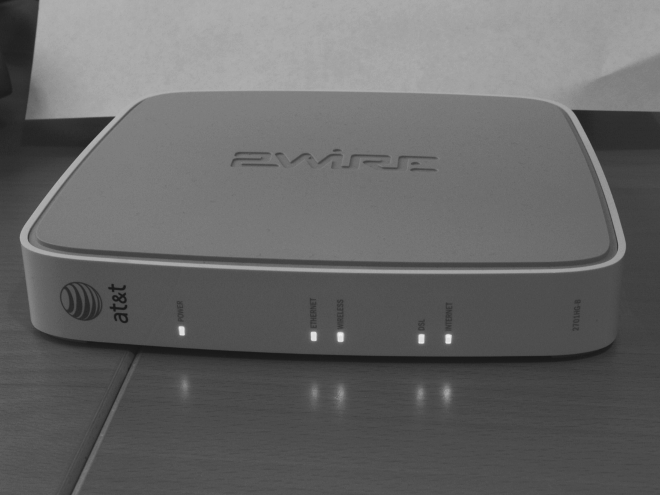8The Family of DSL Technologies
8.1 ADSL
ADSL (asymmetric digital subscriber line) and later VDSL (very high bit rate DSL) were designed to transport higher bit rates downstream (towards the customer) than upstream. This was achieved by allocating most of the frequency band for downstream transmission. The transport asymmetry was chosen based on the principal applications of web browsing, email, and video delivery from a server to a customer. These applications require higher downstream bit rates than upstream. At the end of 2012, ADSL was the most popular form of DSL technology, with approximately 365 million lines in service. Figure 8.1 shows a customer-end ADSL modem.

Figure 8.1 Photograph of a customer-end ADSL modem
In 1994, the T1E1.4 standards working group in the United States completed the first ADSL standard, and it was published in 1995 as ANSI T1.413. The ADSL standard borrowed technology from voice-band modems (ITU-T Rec. V.34) and basic rate ISDN DSL (ITU-T Rec. G.961), but it contained many new advances, including discrete multi-tone (DMT) modulation. During the development of T1.413, a fierce debate (“the second line code war”) took place in T1E1.4. The first line code war took place during the development of the BRI-ISDN standard in the 1980s.
The pros and cons of DMT and single carrier modulation (SCM in the form of QAM and CAP) were discussed for nearly two ...
Get Broadband Access: Wireline and Wireless - Alternatives for Internet Services now with the O’Reilly learning platform.
O’Reilly members experience books, live events, courses curated by job role, and more from O’Reilly and nearly 200 top publishers.

